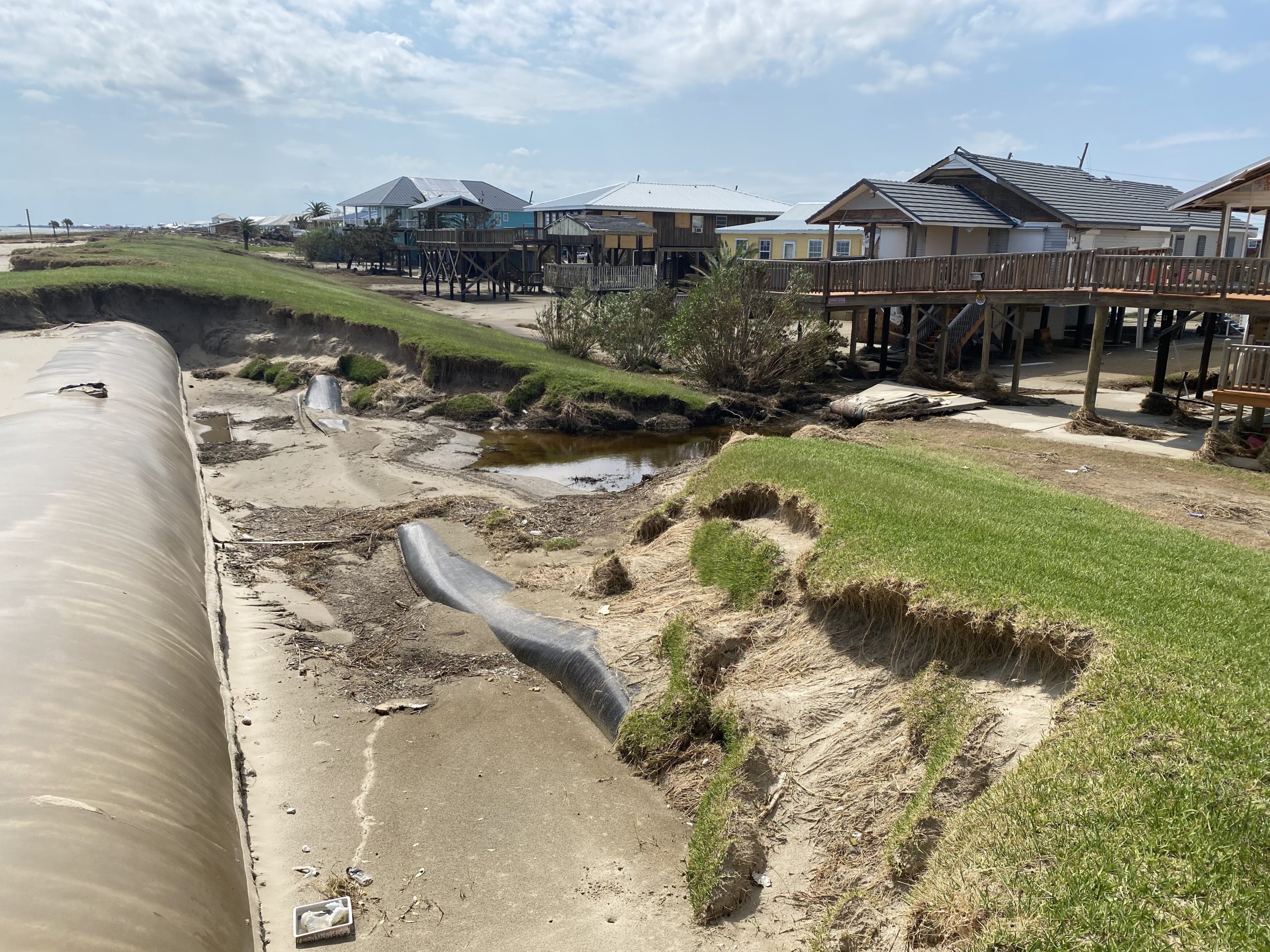
What’s at Risk
Coastal Louisiana is critical to the health and prosperity of our nation. Louisiana’s rich traditions, diverse cultures and world-renowned cuisine are deeply rooted in our rich coastal environment.
Why Louisiana Land Loss is Important
Coastal Louisiana’s wetlands, marshes, barrier islands and waterways:
- Protect coastal communities and the nation’s oil and gas infrastructure from tropical storm and hurricane wave and storm surge damage.
- Provide essential navigation routes for national and international shipping and commerce for half of the United States.
- Provide important habitat and food resources for some of our nation’s most productive fisheries.
Yet the fate of Coastal Louisiana is not certain. Home to 2/3rds of the state’s residents, from 1932 to 2010, Coastal Louisiana lost 1900 square miles of land, roughly an area the size of Delaware. If nothing is done to stop this land loss, Louisiana could potentially lose approximately 700 additional square miles of land, or an area equal to the size of the greater Washington D.C. – Baltimore area, in the next 50 years.
Rapid land loss has led to Louisiana accounting for 80% of total coastal wetland loss in the U.S. Humans have altered the coastal ecosystem for centuries through levees, impoundments, canals, and river diversions. Beginning in the 18th century, natural levees were reinforced to attempt to control the annual flooding of the Mississippi River. By 1926, the levees extended from Illinois to New Orleans. In the mid-20th century, the U.S. Army Corps of Engineers concluded that if allowed to flow freely, the Mississippi River would switch course to the Atchafalaya River by 1990.
Recent land loss (both direct and indirect) from oil and gas canals and a decrease in sediment supply following soil conservation measures has hastened the natural land loss from subsidence of a contracting delta. Manmade canals significantly alter the hydrology of the wetlands. The canals themselves can funnel saltwater upland and their spoil banks decrease flow across the wetlands, leading to water impoundments that eventually cause large scale marsh die offs.
In recent years, dire predictions of catastrophic consequences have fueled Louisiana’s efforts to restore our failing coast. Louisiana’s coastal wetlands stand on the verge of collapse. This land is not only important habitat for fish and wildlife, it provides an indispensable storm buffer for communities, transportation routes and energy infrastructure.
If we allow this unique and productive landscape to disappear, we risk losing our communities, our culture, our economic security and our future.
